Post by trux on Mar 17, 2019 8:22:37 GMT -5

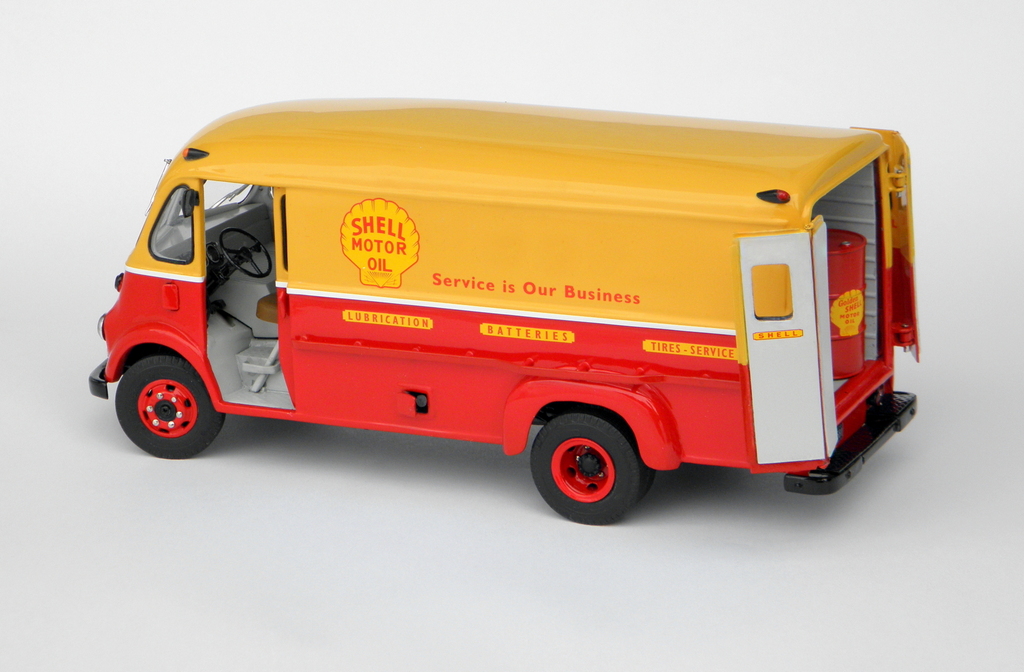
My 1/25 model features typical factory options.... heater, sun visor, cab rear partition w/sliding door, bi-fold full width rear doors, rear access spare tire basket, dual rear wheels, longest 134" wheelbase, front and rear shock absorbers, etc.
International Metro vans, in various sizes, capabilities, and lengths, were one of the most popular North American delivery vehicles in the early post-war period when I was growing up in Montreal. I've always enjoyed dual-rear wheeled trucks, from 'big rigs' to delivery trucks, and these heavier versions of the ubiquitous International Metro vans were available through the '50s and '60s utilizing their traditional curved shape bodies with dual rear wheels, usually seen in the longer wheelbase versions and often supplied with the optional 'square back' bodies allowing for full width access rear doors.
The '50s era of Metro vans loosely resembled their '40s era predecessors but introduced a wider stance, a wider grille for enhanced cooling air-flow, a wider headlight position, a lower interior floor now featuring a 6' floor to ceiling height, shorter front side windows allowing for more forward positioned and wider sliding side doors (now encroaching on the front fender wells), column gear shift, etc. ….all aimed at greater carrying volume and enhanced 'walk through' capability for 'multi stop' operation.
When 1st Gear offered their 1/25 '40s era Metro smaller capacity van, I was fortunate to locate a damaged NAPA (an auto parts company) version very inexpensively. It whetted my appetite to build this larger, later version using mostly soldered brass (my favorite model building medium, which maintains durability even as fine details are added). Once I had acquired enough effective reference, however, I soon realized the conversion would be a good deal more involved than I'd first expected. Ultimately, I was only able to directly use the windshield frame area with the wipers and glazing, the headlight bezels and their lenses, the safety brake lever, the steering wheel, and the tires from the original 1st Gear model. All the other components from the donor van model were either found unsuitable or required extensive modification.
Soldered-brass scratch-built components include most of the body shell, bi-folding rear doors (including working latch), body side guards, front and rear bumpers, rear fenders, all chassis frame structure, the front steering axle and its ancillaries (poseable), all leaf springs and their shackles, all shock absorbers, rear spare tire support, fuel tank, battery box, grille name plates, front and rear directional signal bezels, column shift components, engine wiring, all door handles, rear view mirrors, open side vent with screen, opening fuel filler door, front bumper mounted license bracket, etc.
Styrene scratch-built components include the complete cab interior (floor, dash, opening engine access cover, cab partition and its transverse sliding door, sun visor, windshield wiper vacuum motors, etc.), the rear van interior (including its ribbed walls, headliner, inner fender wells, inner rear door insulation surfaces, etc.), the rear outer axle stubs and their brake backing plates, front brake drums, battery, wider '50s style grille, roof mounted marker lights, tail lights, the complete IH 'Silver Diamond' engine shape (including its pulleys, radiator, belts, etc.).
Polyester components include the front fender flaring, headlight body shaping, and spare tire (from Plasticine mold).
Metal wire components include front parking light bezels, radiator fins, wheel details (lug nuts and '50s style pre-tubeless tire outer rim snap-rings), brake lines, window gaskets, etc.
Miscellaneous materials include rubber front brake hoses, epoxy lenses, striping tape (grille bars, name plates), zinc front body underlay panel, aluminum tubing for exhaust system and dash gauge bezels, etc.
Paint is automotive two part base-coat/clear-coat, with details picked out using Testors, Tamiya, and Humbrol paints. Graphics are Microscale decals (HO and N model railroad) and Letraset concept lettering.
A local group of capable modelers with whom I socialize has chosen, as a build-theme, to each build a model of any vehicle from the the historic Trans-Canada Shell 4000 Rally (held annually through the '60s and early '70s). The completed models are to form a group presentation at an upcoming model contest venue this spring. Wishing to participate in the 'build-theme' at least peripherally, my model depicts a lubricant, tire, and battery delivery-service vehicle for Shell Oil in Toronto.
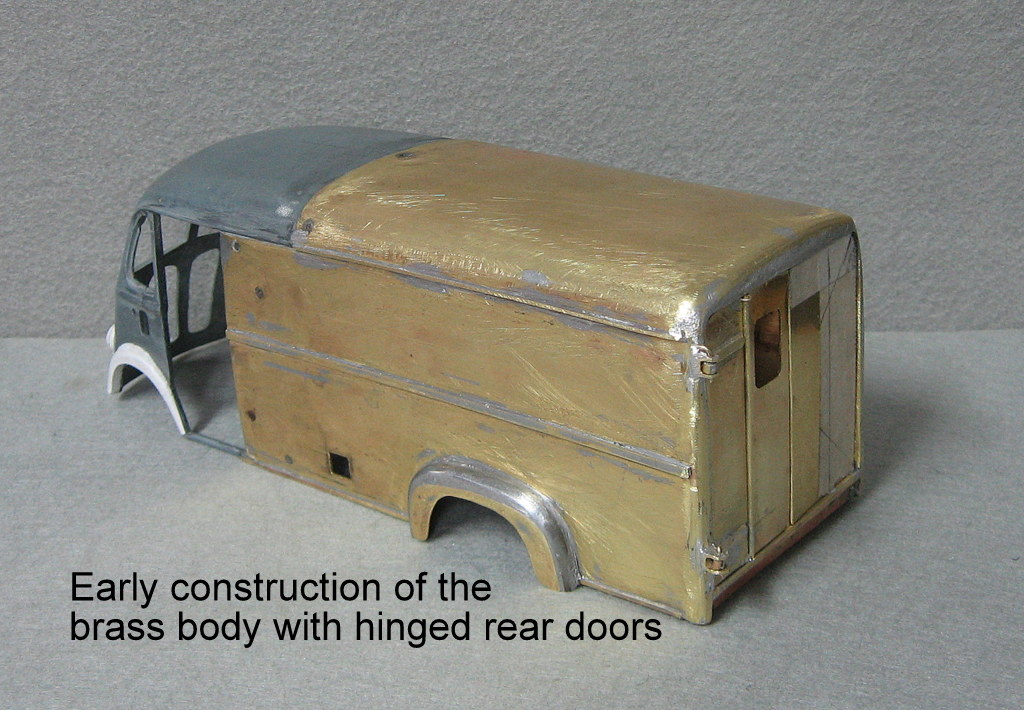
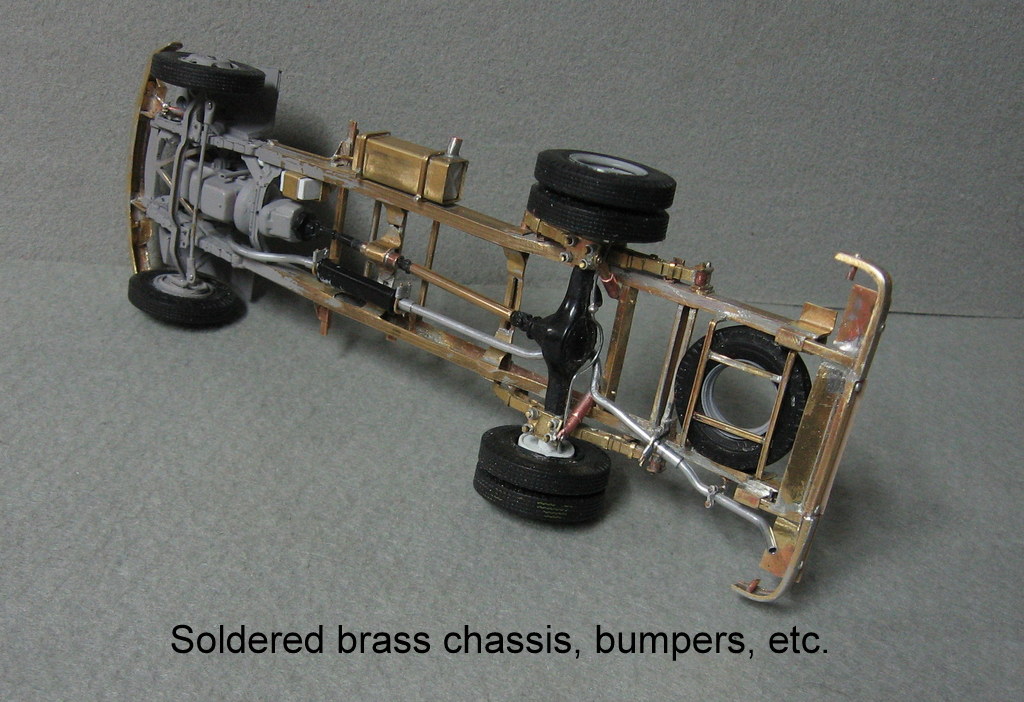
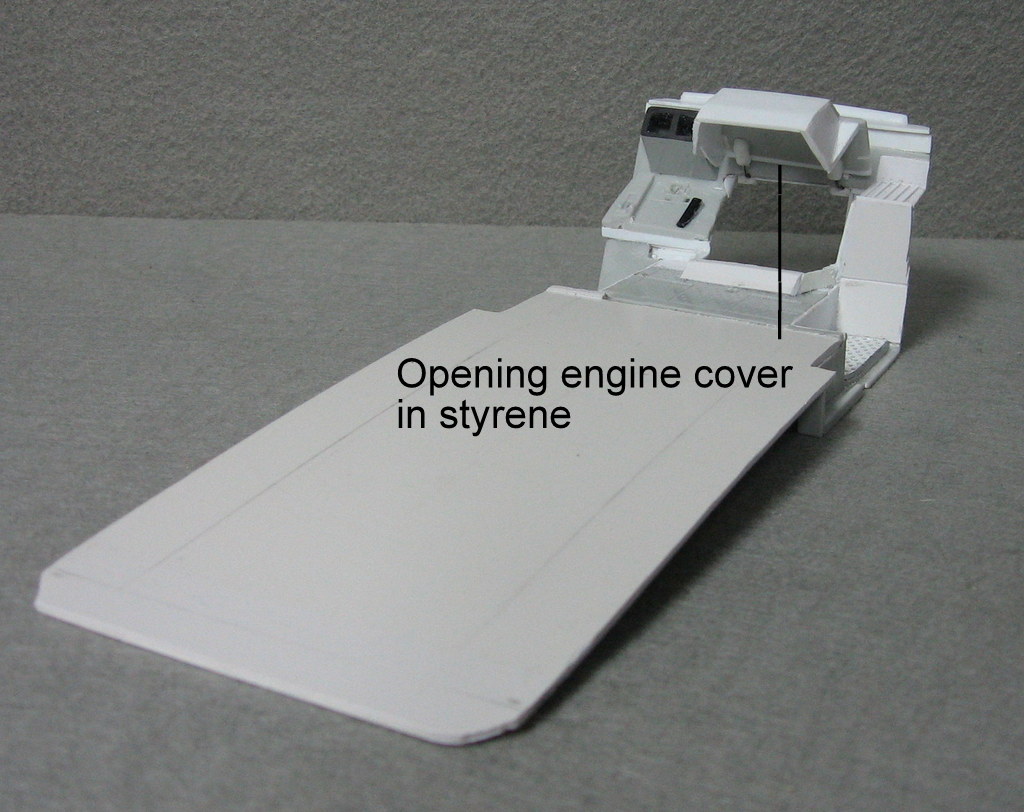
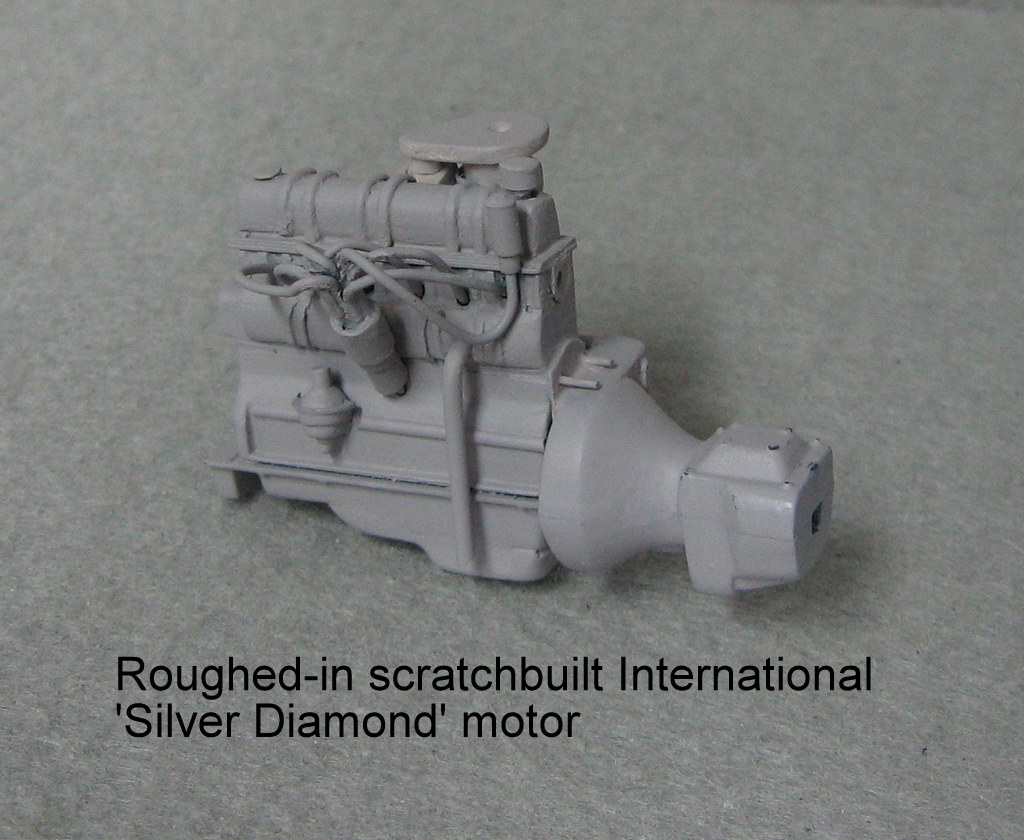
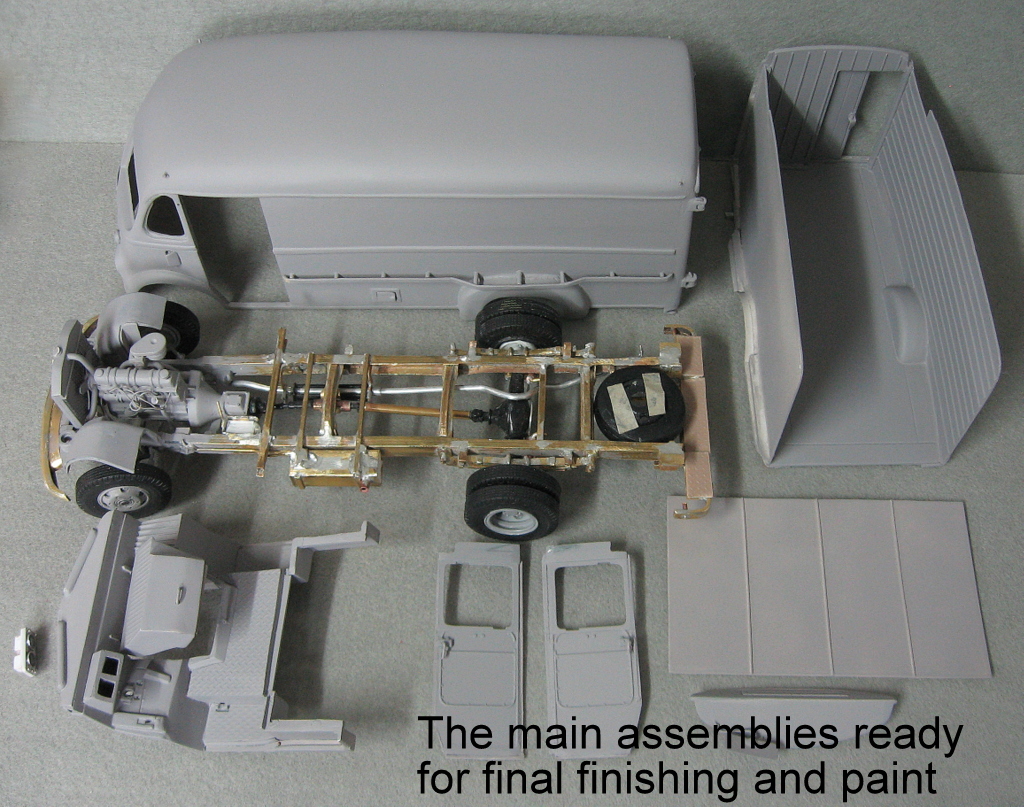
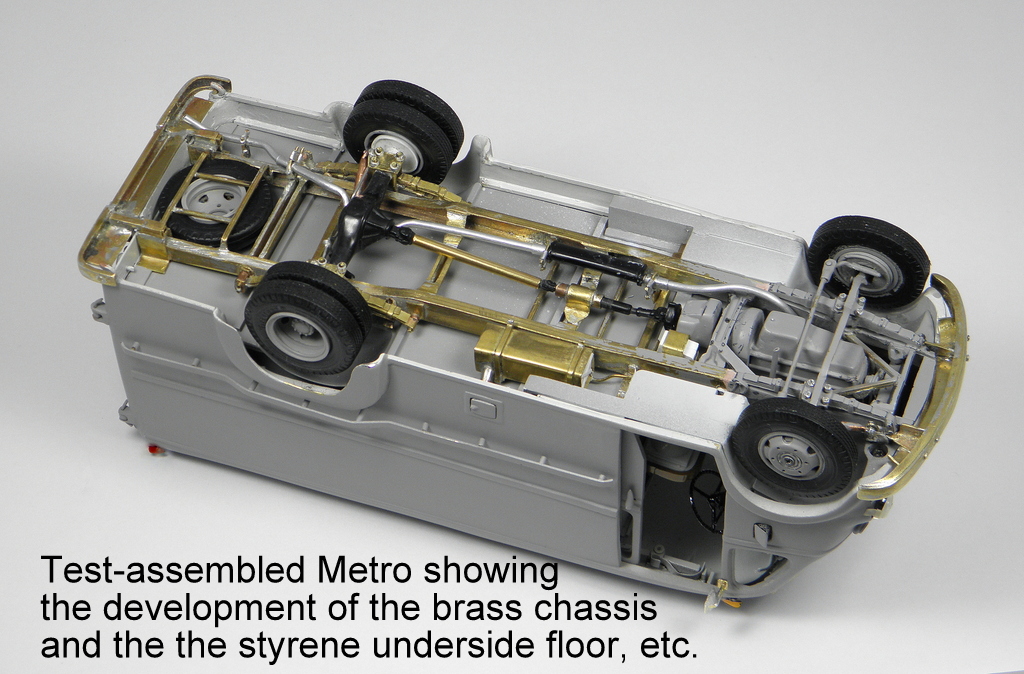
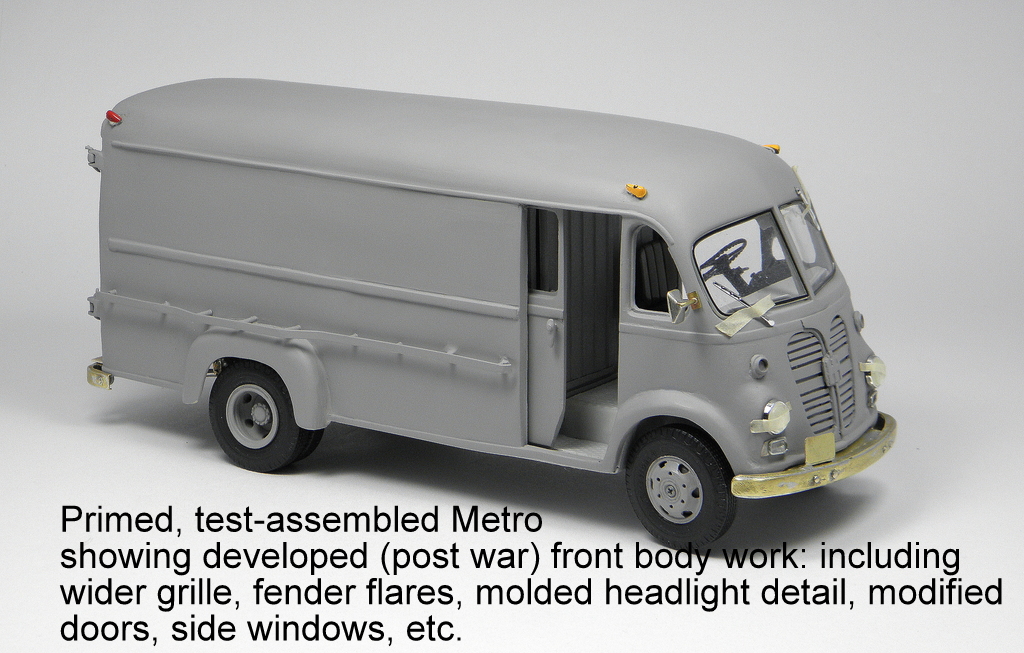
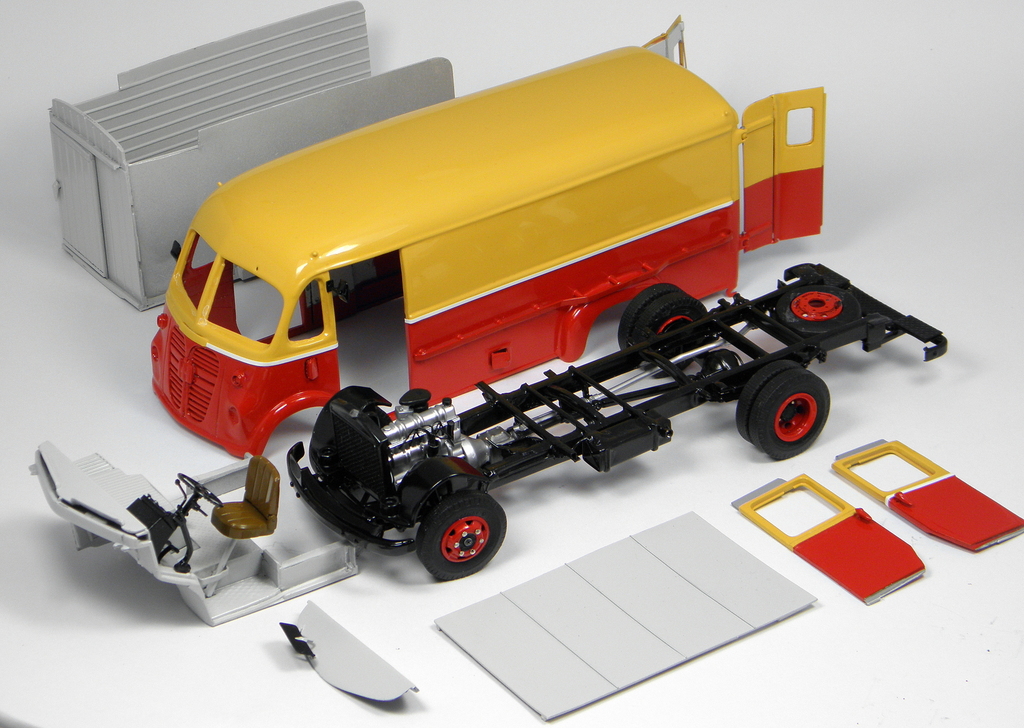
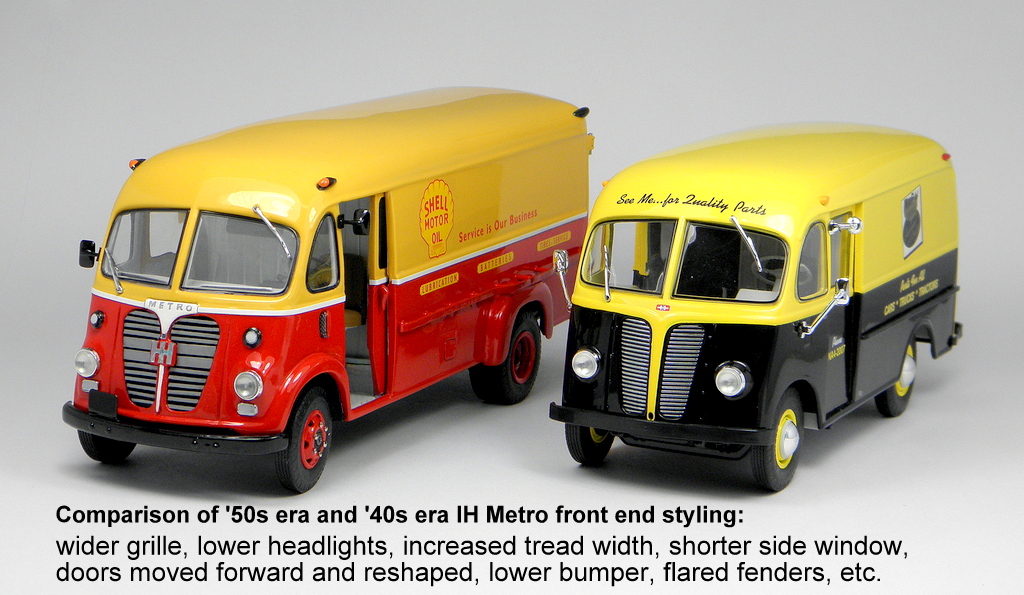
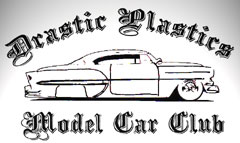


 Amazing craftsmanship and detailing!
Amazing craftsmanship and detailing!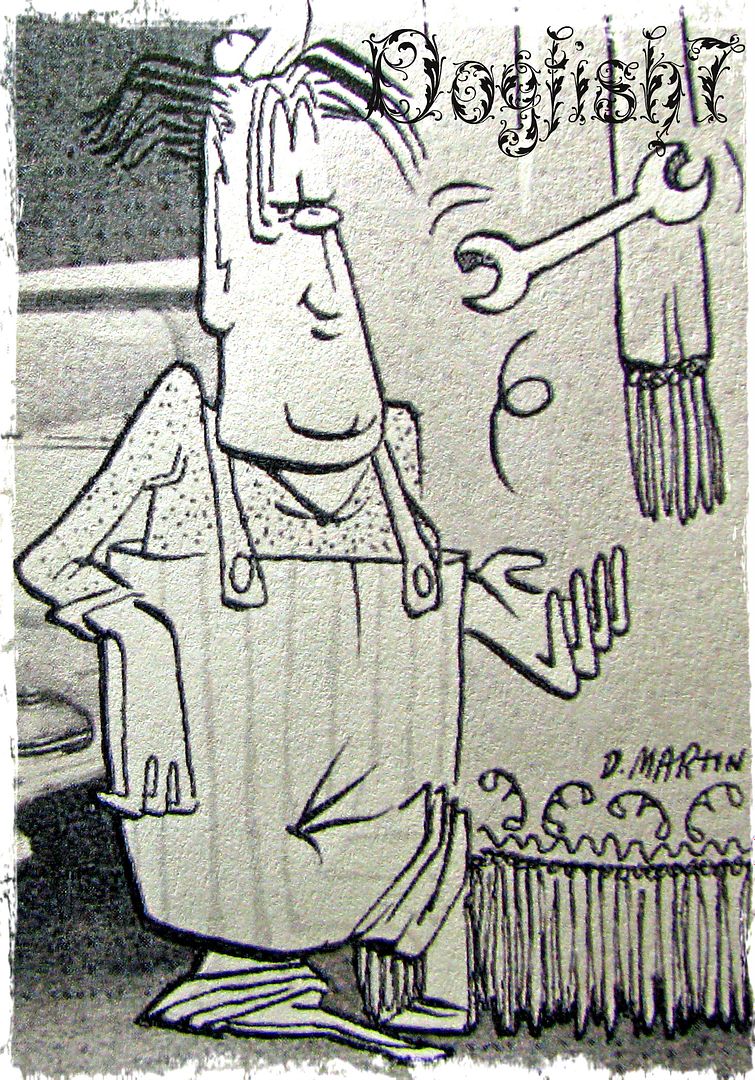
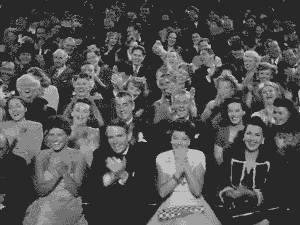
 It's an interweb thing.....
It's an interweb thing.....